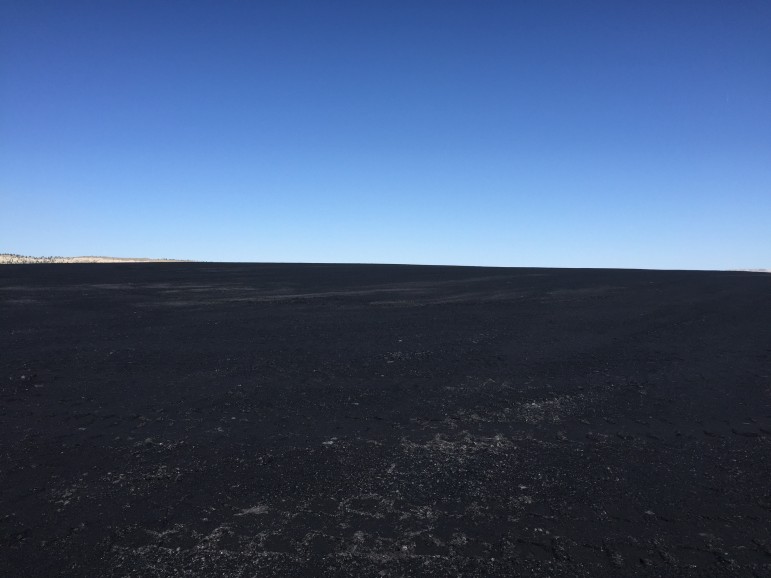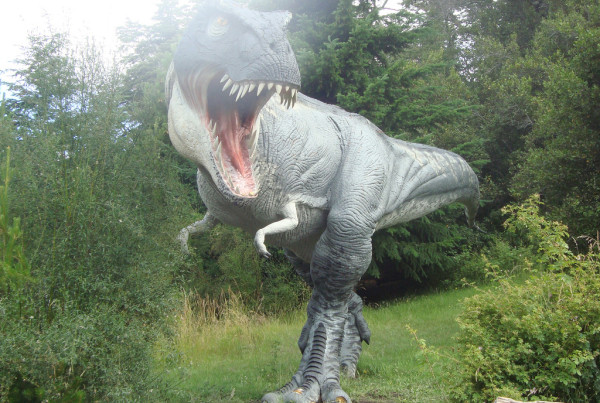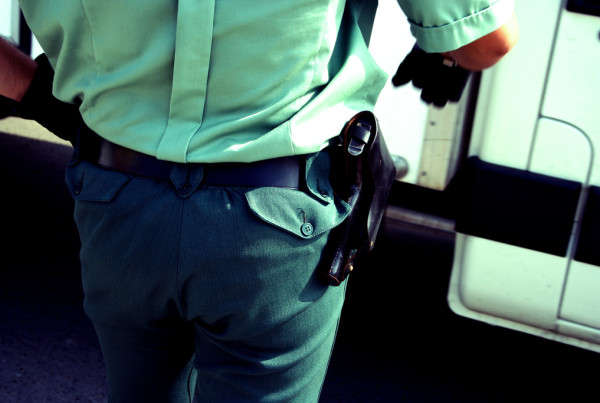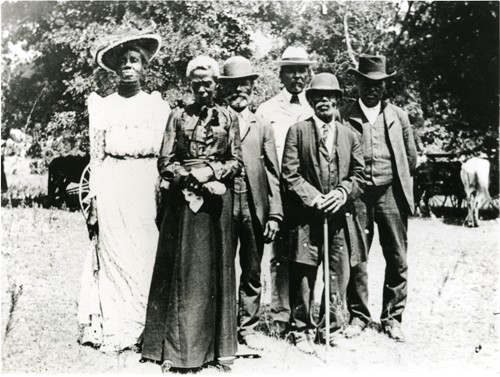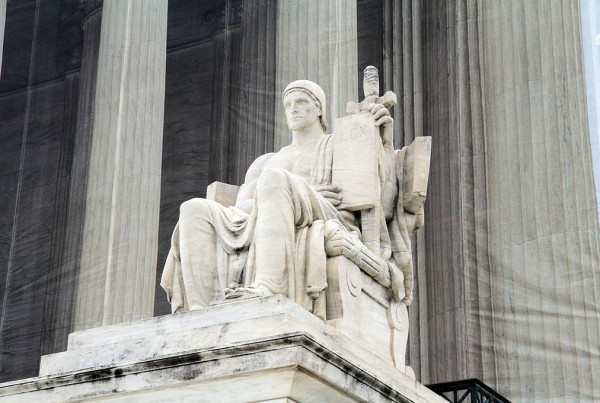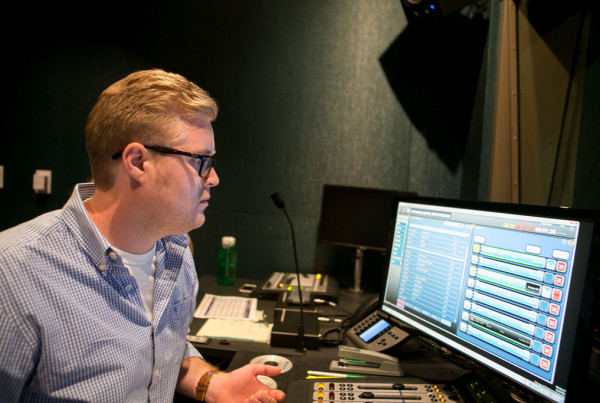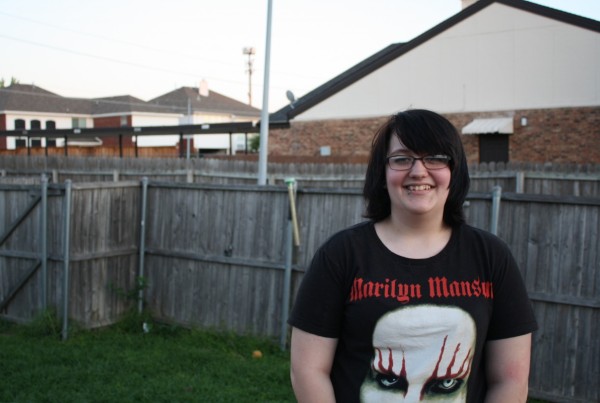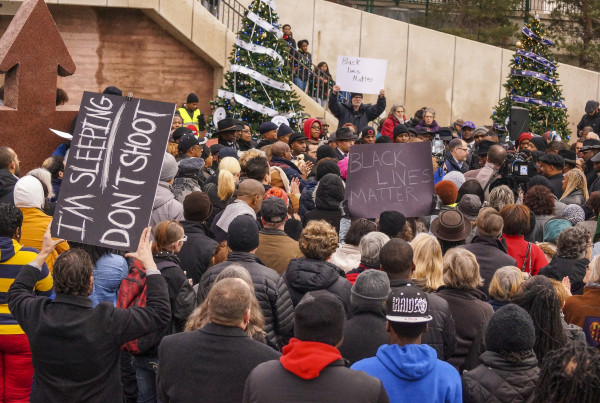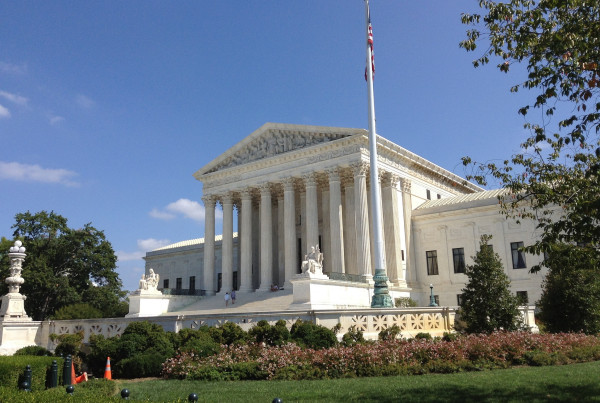This story originally appeared on Inside Energy, and is part 4 of an Inside Energy series Blackout: Reinventing The Grid.
The coal stockpile at Laramie River Station is so big that you can’t really see beyond it. It is similar to standing on the beach and looking out over the ocean, except this is an ocean of coal. The 35 acres of coal piled up next to this base load power plant is enough to produce electricity for about one month. Our entire electric grid was basically constructed to send this sort of coal-fired power out over transmission lines to our homes and businesses long ago. Coal as a source of power is predictable, easy to store, and well understood. Renewables and even natural gas share few of these characteristics and some see that as a huge problem.
As the Environmental Protection Agency puts the finishing touches on the Clean Power Plan, its proposal to cut carbon dioxide emissions, warnings that the transition from coal to renewables and natural gas will impact grid reliability are getting louder.
Representative Ed Whitfield (R-KY), the Chairman of the Energy and Power Subcommittee, referred to an analysis by grid operator PJM Interconnection, when he said: “The president’s plan could cause 50 million American homes to go dark – you cannot just shut down the nation’s coal plants and still expect the lights to come on.”
The American Coalition for Clean Coal Electricity, a coal advocacy group, has launched a campaign against the Clean Power Plan called #coldandinthedark, insisting that the rule will lead to higher electricity costs and threaten grid reliability, leaving Americans cold and in the dark.
In April, the Wall Street Journal ran an editorial with the headline: “The State Electricity Revolt,” suggesting that states boycott the Clean Power Plan:
“Virtually everyone who understands the electric grid, from state utility commissions to the regional transmission operators, warns that the EPA’s ambitions threaten reliability. These apolitical organizations think brownouts or cascading blackouts are possible.”
The North American Electric Reliability Corporation (NERC) is the non-profit tasked with ensuring grid reliability. NERC released a report in November, confirming these concerns… sort of. It lists challenges like finding replacement generation for the coal-fired power plants that could go offline and challenges in the building enough infrastructure to support new sources of electricity. But the report did not predict brownouts or cascading blackouts. John Moura, Director of Reliability Assessment at NERC and one of the authors of the report, boiled down its overarching theme in a conversation with Inside Energy:
“There is a level of risk in having every utility going down that same path at the same time.”
But here’s the thing: Under the proposed plan, coal isn’t necessarily going to disappear. States are able to choose how to comply through measures like retrofitting coal-fired power plants, energy efficiencies and adding more renewables.
“Well, can we have a reliable grid without the level of coal fired generation that we have right now? I think the answer is a resounding, yes, of course we can,” Cheryl Roberto of the Environmental Defense Fund said.
We have been moving towards other fuel sources for awhile. According to the U.S. Energy Information Administration, the total amount of coal-fired generation has decreased slightly since the 1990s, while natural gas capacity has been increasing since the 1980s. In 2014, one coal-fired power plant went online in the US and 41 were retired. The same number of natural gas facilities went offline but 82 were added. But renewables win with over 300 new units in 2014, with only a handful of retirements.
A good place to check out that trend? Southern California. At around 34%, San Diego Gas and Electric has some of the highest renewable integration in the country. The rest of its power comes mostly from natural gas. SDG&E got rid of its small amount of coal-fired generation a few years ago. Over the past decade, SDG&E’s reliability statistics have gone up and down but overall, haven’t changed much.
Which is not to say that running off so much natural gas, wind, and solar is easy.
“The challenges are many,” Dan Baerman, Director of Origination and Portfolio Design at SDG&E said, “One of the big ones that concerns us is its impact on rates for our customers. We try to minimize the impact as much as possible by getting renewables that are economical.”
And then there is this:
“Wind and solar are intermittent resources so … it makes it difficult to maintain grid reliability,” Baerman said.
One of their solutions? Peaker plants. These small, natural gas-fired facilities can be powered up in minutes in times of high demand. SDG&E currently operates 24 of these units which Baerman described as “essentially air craft engines coupled with generators to make electricity.”
Alison St. John of KPBS reported on a decision by the California Public Utilities Commission earlier this month to approve a plan to build a peaker plant in Carlsbad California that will provide extra power to SGD&E customers.
“It gives us that critical insurance to get through the next 5, 10, 15 years to when we can really be confident that we have a grid that can work,” CPUC Commissioner Mike Florio said.
Here’s what he is trying to avoid:
“The absolutely worst thing that could happen if we have reliability problem and the whole world points and says look what happened to California, this clean energy stuff doesn’t work.”


